Palenque - A city once lost to the jungle, now waiting to be discovered
Tucked away in the the jungle, surrounded by howler monkeys and birds are some of the best preserved ruins of the ancient Mayan civilisation. If you’ve a passion for history, culture, or want to experience something out of the ordinary, Palenque is a must see.

Palenque was at one time a major city with a dynasty lasting over 350 years. It might seem hard to imagine today, but the Maya civilisation once stretched all the way through Mexico and south to Guatemala. Palenque’s positioning meant it was on a a key trade route, thus opening it to wars with the nearby city of Calakmul. Palenque’s decline is likely to be attributed to these battles. Leaving a once great city decimated and lost for centuries.
Palenque’s most notable ruler was Pakal The Great (or K’inich Janaab’ Pakal as he’s known to the Maya). Assisted by his Mother (Sak K’uk’), Pakal came to power at the tender age of 12. Overseeing the resurrection of the city from ransacked ruins, to a place of grandeur we see today.
Entering the complex, you walk a winding path through the woods. Emerging from the trees with the remarkable Temple of the Dying Moon and Temple XIII to greet your eyes.
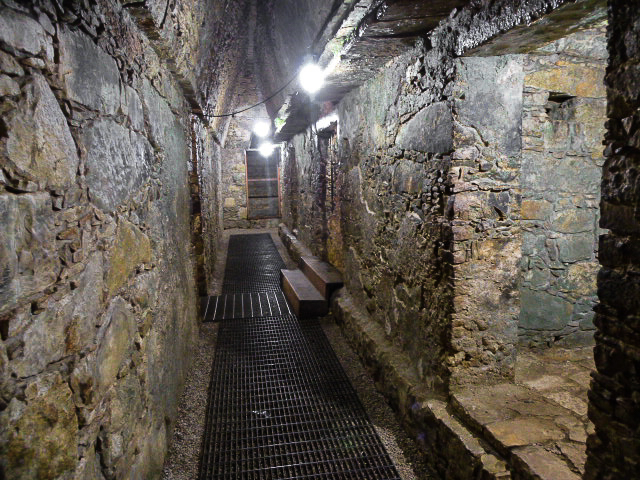
You are still able to climb and enter Temple XIII. An eerie damp corridor leads along a lowly illuminated path. You start to imagine what it must have been like here well over 1,000 years ago.
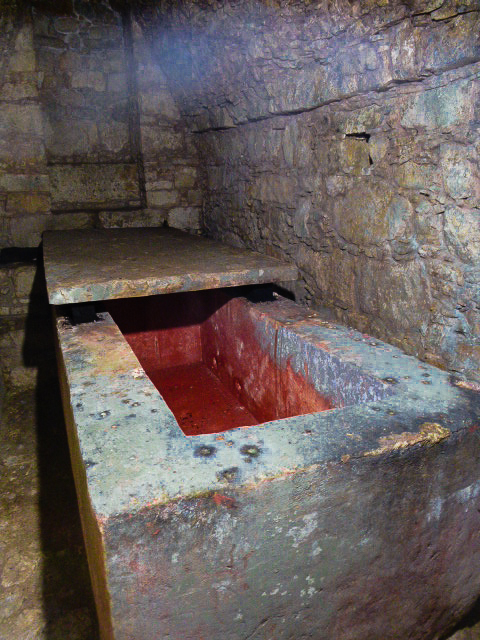
There’s even a burial chamber with the Tomb of the Red Queen. Her true identity is unknown, but rumours abound that it may have been Pakal’s Wife or Mother. All that’s understood is she was around 60 years old. Given the prestigious location of her sarcophagus, we know she was eminently important.

If you’ve only seen one picture of Palenque, chances are it will have been of Temple of Inscriptions. Dating back to around 675, this houses the tomb of Pakal himself. A stone slab covers a great descending staircase, where at the bottom lies the tomb. Only discovered as recently as 1952 by excavator Alberto Ruz Lhuillier. Filled with centuries of rubble, it took a further three years to clear the staircase. Excavation and exploration could then take place.
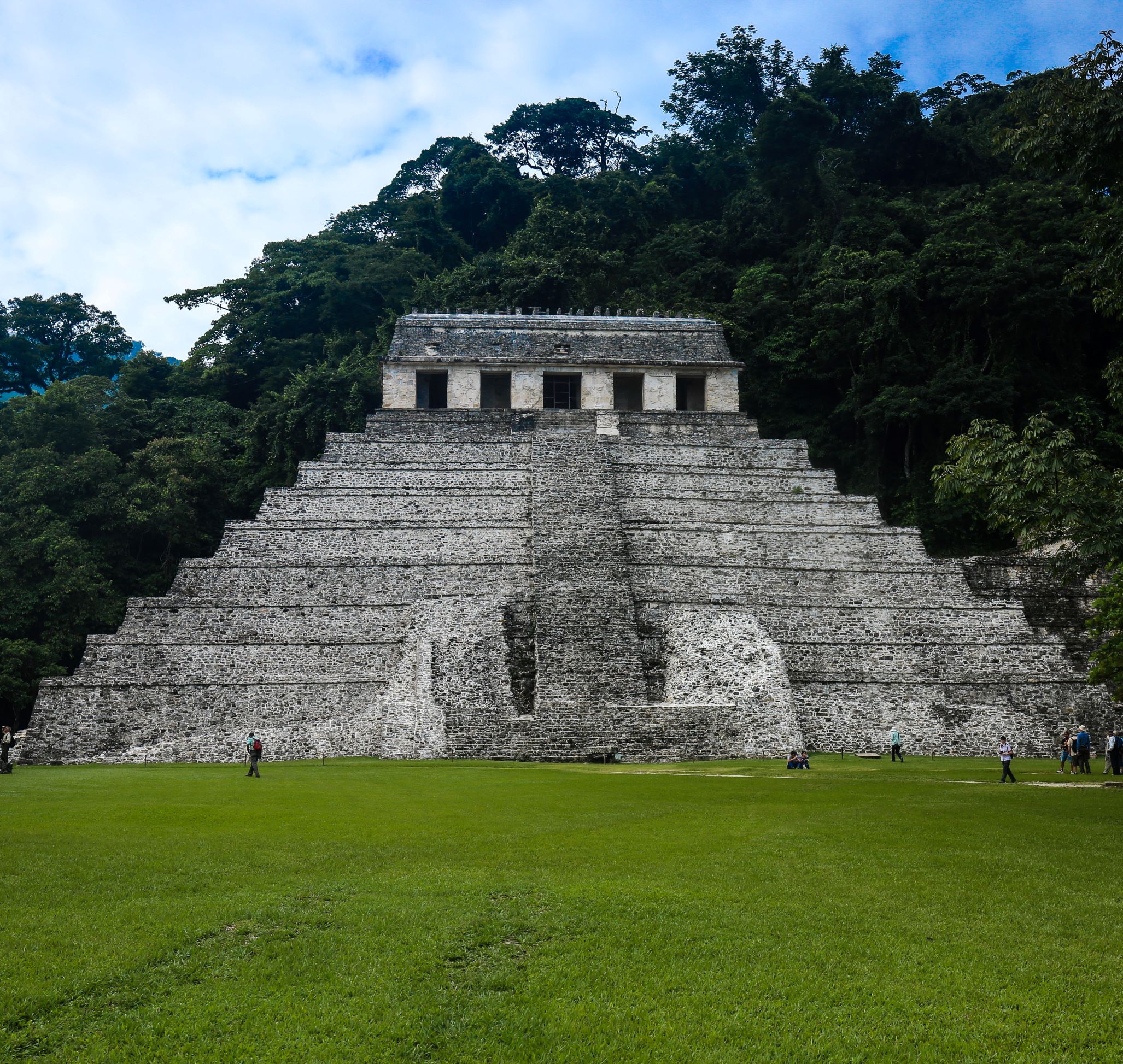
What it revealed was spectacular. Covered with jade regalia, the sarcophagus holding Palak’s body is one of the most impressive funerary chambers in the Americas. (A replica is in Palenque Museum). The tomb was once open to visitors, but has since closed to prevent damage.
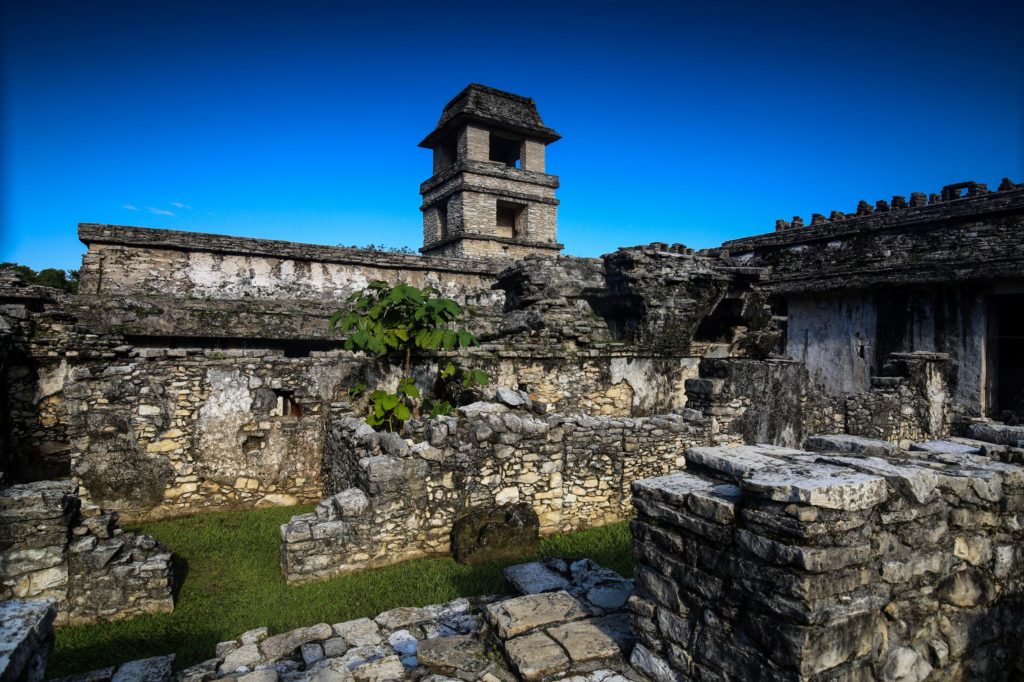
With its square tower shooting towards the sky, at the centre of the complex is El Palacio (The Palace). A likely observatory, walking amongst the surroundings leads down winding paths, along hidden corridors and in to open courtyards. It’s a great place to sit down and soak up Palenque’s atmosphere before making your way deep in to the jungle.
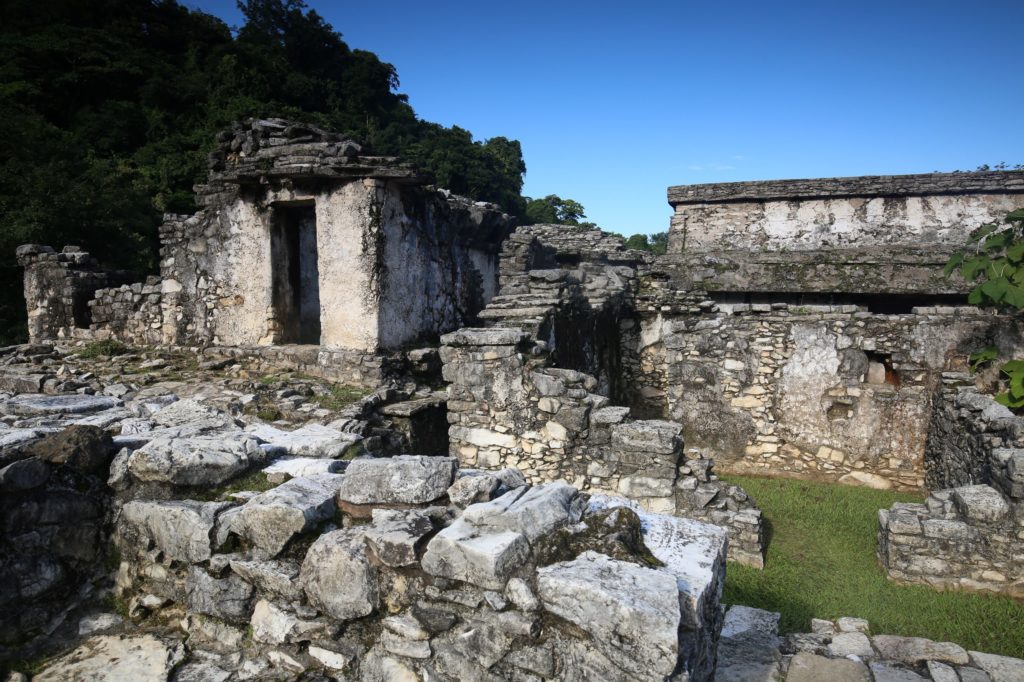
Exit El Palacio on the side that faces the Temple of Inscription. Cross the water channel (Rio Otulum), take a right and you’ll enter an often overlooked area of jungle. It’s here you’ll find ruins rarely mentioned in the guide books. Temple del Bello Relieve, Temple XXII and Temple XIX. Seeing temples swallowed up by the jungle gives a feeling of how the site may have looked all those years ago. There’s no one stopping you going further, but the path seems to lead to a dead end with trees and wilderness. Don’t get lost!

Emerging from the jungle you’ll venture in to the Grupo de la Cruz (Temple of the Cross Complex). Mayans pre-date the introduction of Catholicism to Mexico, so the cross doesn’t reference the crucifixion. It represents the World Tree. The Maya saw the world as built up of three levels. Each is represented by a temple in the Grupo de la Cruz. The Templo de la Cruz (Temple of the Cross) is the heavens or celestial space. Temple of the Foliated Cross is the earth or terrestrial level. The Templo del Sol (Temple of the Sun) is the underground.

Although steep, ascending the temples in the Grupo de la Cruz is definitely worth it. Watch your footing as the jungle mists can make the ancient stone steps quite slippy. The Temple de la Cruz is the steepest, but one you’ll need to tackle if you want that Kodak moment. For your efforts there’s incredible views across the whole of the Palenque site.

Feet back on the ground we ventured passed the Mayan ball court to the open space of the Grupo Norte (North Complex). It’s here where you can take a long, virtually hidden walk out of the complex. Past small cascading waterfalls, over rope bridges and via rock pools. It’s easily missed. Follow the signs to the bathroom(!), Grupo I and Grupo II and you’ll see a path. After a half hour descent, the path opens up on to the main road, opposite the Palenque museum.
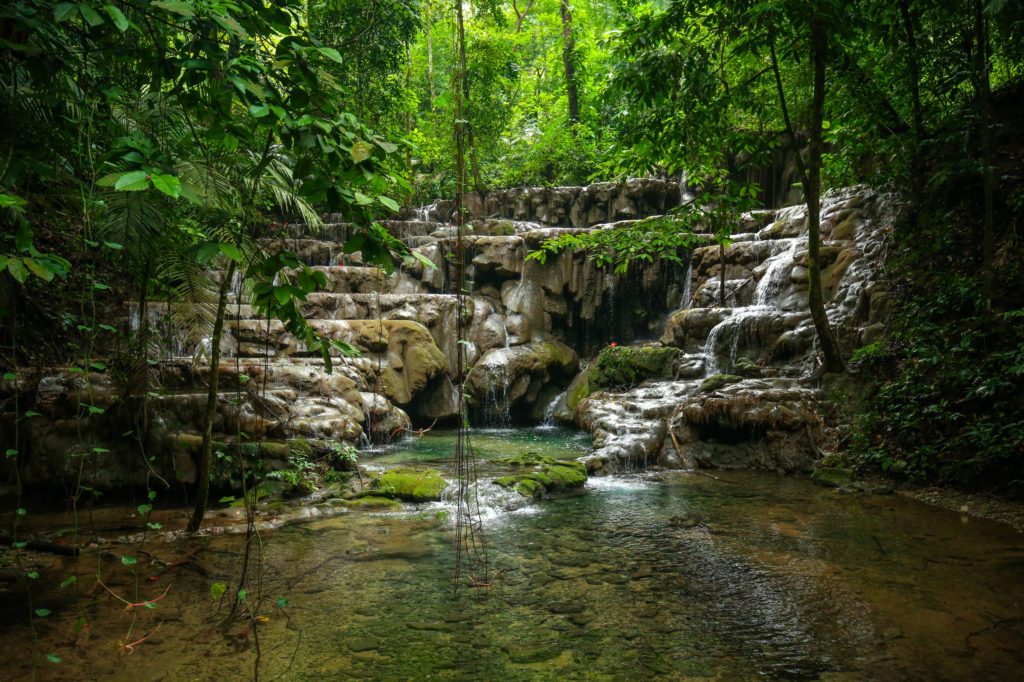
I read you can use this ‘waterfall route’ to enter Palenque, rather than use the main entrance. The idea being you experience something unlike all the other tourists. Don’t be fooled! Whilst you can actually enter Palenque via this route, my top tip would be to avoid doing it. The route is really steep. The jungle is hot and humid. It’s a very long way uphill and by the time you reach the ruins, you may be too tired to enjoy everything. It’s a walk worth taking in reverse, but leave it until the end.

Now is a perfect time to visit the free museum and I recommend you do. There’s plenty of useful information about Palenque’s history and excavations (in both Spanish and English). A full full size replica of Pakal’s sarcophagus and the death mask of The Red Queen are also on view. I felt it beneficial to visit the museum after the ruins, as I could then learn more background to what I had seen. You might want to visit it before the ruins, so you can apply some information to the ruins as you see them. Either way, you’ll have an incredible time!
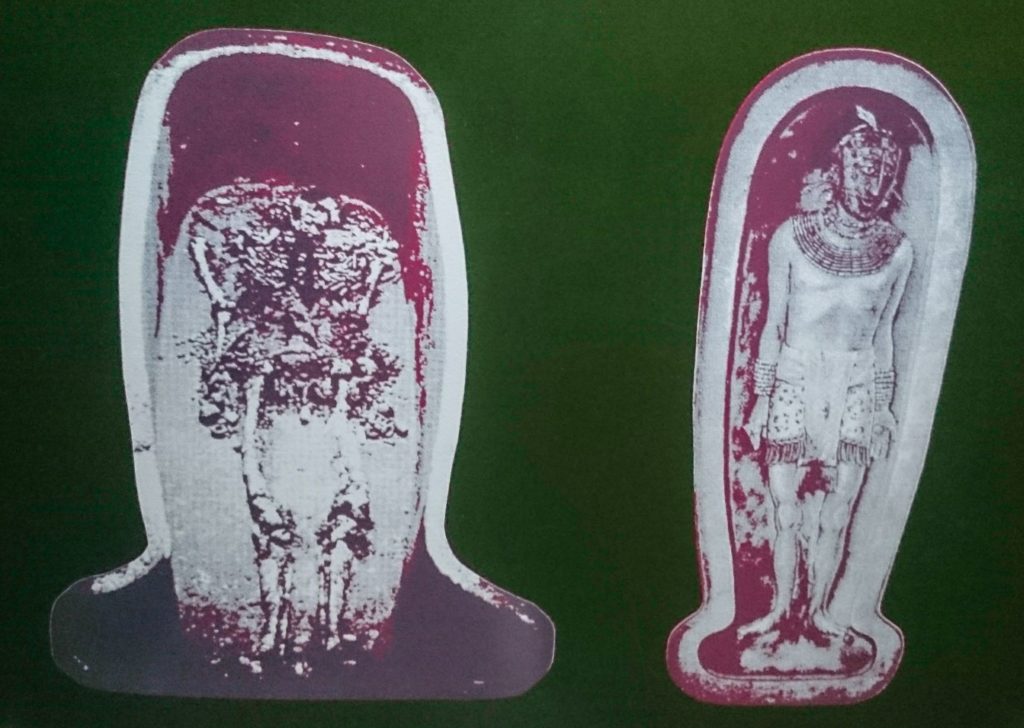
After a visit to the museum it leaves a little dilemma for what to do next. The museum is two kilometers from Palenque’s main entrance. If you left your bag in the locker room, you’ll need to go back and get it. Plus that’s where the transport back to the town departs. You can walk, or you can wait for a Combi to drive past the museum, then haggle for them to give you a discounted fare back to the main entrance. Bear in mind, Combis only depart when full, so there’s no set schedule. Depending on the time of day, you could be waiting a while.
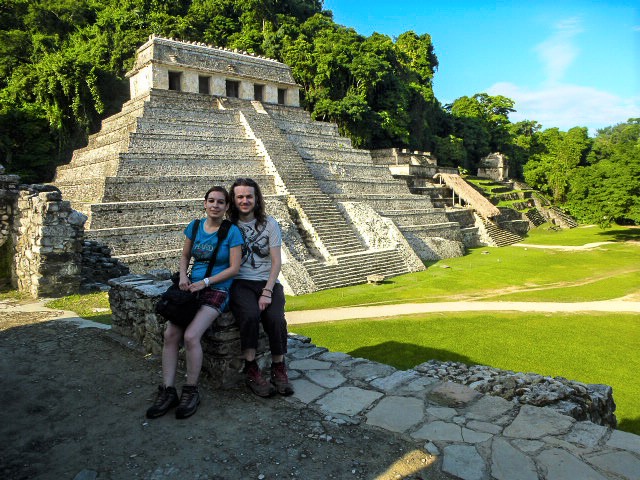
SHARE THIS POST
Palenque Top Tips
- There’s a small but perfectly adequate outdoor restaurant next to the main entrance, serving various Mexican dishes and soft drinks.
- There’s no food or drink in the complex or at the museum, so it’s best to take some water and snacks to keep your energy levels up.
- There is a locker room at the main entrance where you can safely leave your bag for a small fee ($25 MXN Pesos each). There’s no obligation to use it as large bags are allowed on site.
How do I get to the Palenque Ruins?
Palenque is a small town (not only the name of the ruins).
If travelling independently you’re likely to arrive on an ADO bus (probably from San Crisotbal de les Casas or Merida). Exit the bus station and you’ll see a roundabout in front of you. Turn right and walk up Benito Juarez street. After a few minutes you’ll see a fork in the road. Take the left and go up the hill. At the first crossroads look left and you will see Combis queued up waiting to take people to the Palenque ruins.


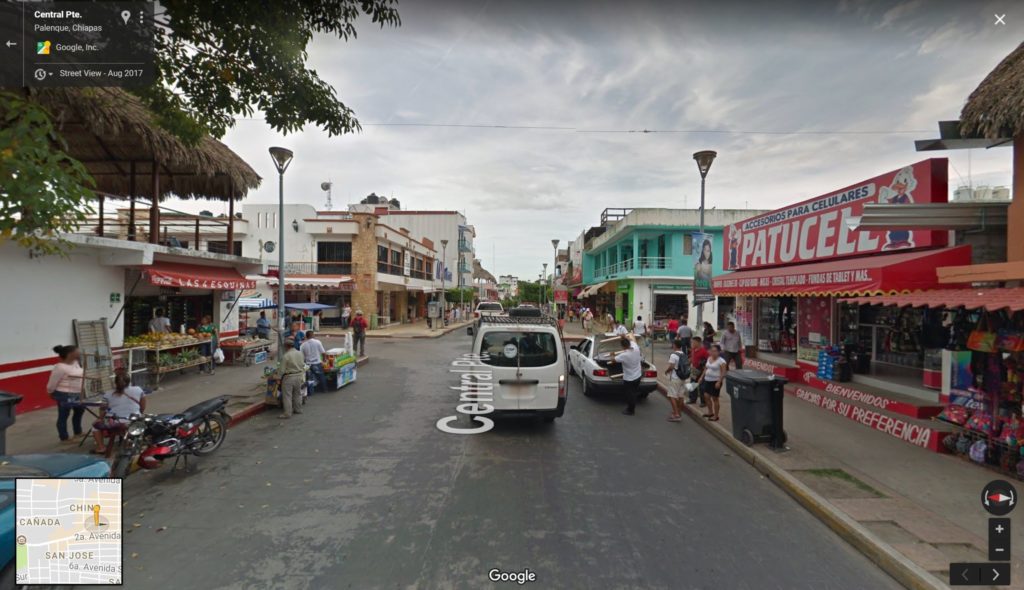
The cost is a set price of $20 MXN Pesos each way. You pay the driver (or his friend in the front). Let them know if you want dropping off somewhere en route, such as the Alexus Ecoparque or the Palenque museum.
If you get on a Combi part way back to town you might be able to haggle for a discounted price (we did).
Combis only depart when full or nearly full. Try and avoid going late in the day as there will be less people to fill the seats and it could hinder getting there.
How much does it cost to see the Palenque Ruins?
About $95 MXN Pesos. You pay in two parts, one is a government tax and the other is the entrance fee. You’ll notice a lot of parks in Mexico operate in this way (useful to know!).
It’s easy to get around the site and explore at your own pace. Guides hang around the entrance if you would like to use on. Although we didn’t use one, I’m led to believe you can haggle the price and the quality varies from outstanding to lazy!
How long should I spend at the Palenque Ruins?
Get there early. The site opens at 8am and at that time the weather is cooler and there are fewer people. Allow at least two hours to see the ruins (three is advisable). A further two hours allows time to visit the waterfalls and museum. Set aside a day for the best experience.